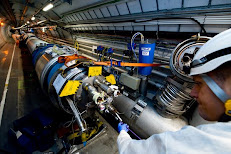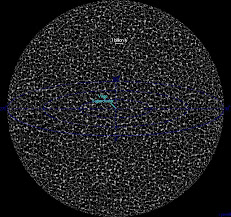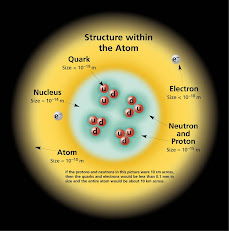This course is about systems.
That means it covers just about everything. From the smallest known elementary particles of matter to the whole universe as we know them, everything that exists is in the form of a “system.”
The atom is a system. It is composed of neutrons, protons and electrons. Until a certain time in the history of science, these three were thought to be the smallest components of matter . . . until it was discovered, through a better instrument, that protons have components. Atoms comprise molecules; molecules comprise solids, liquids, gases and materials in between them; materials comprise the planets; planets comprise the solar system; solar systems comprise the galaxy; galaxies comprise the universe . . . at least up to this time.
The instrument currently available to know the “limits” of the universe is the Hubble Telescope. The instrument currently available to know the smallest components of matter is the Large Hadron Collider. If we are able to build instruments better than these, shall we not be able to know more about the components of matter and the limits of the universe? Are we not just limited by our own inability to know further?
(Please read “Should Instruments Set the Limits of Our Knowledge?”)
A group of parts, however, does not automatically become a system. They have to be related. That relationship should have a higher degree among the parts than others. The Earth, for example, belongs to the solar system with Mars because they have a higher degree of relationship than Earth and another celestial body like Alpha Centauri.
More importantly, the parts considered to comprise a system have to serve one or several purposes. The Earth and Mars serve to stabilize the solar system since their existence is the result of a long process leading to equilibrium. If one planet suddenly vanishes, the whole solar system will be thrown into another disequilibrium which would affect all the other planets.
A more familiar example is the chair. The nails and wood of a chair serve to make the device suitable to sitting. The nails in another chair have a lesser degree of relationship with those in the first chair. Nevertheless, all of them provide comfort to the participants in a gathering.
Tuesday, November 17, 2009
Subscribe to:
Post Comments (Atom)






No comments:
Post a Comment